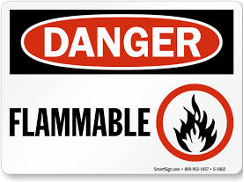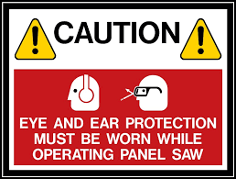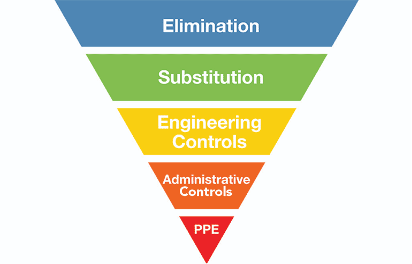
Safety Signs and Awareness in the Workplace
December 01, 2020
When developing an effective safety program, it is important to understand the “Hierarchy of Controls”. These are the types of hazard controls ranging from the most effective type of control to the least effective type of control in the following order: elimination, substitution, engineering, administrative and personal protective equipment (PPE). Usually the most effective form of controlling hazards is by using a combination of multiple controls.
Administrative controls are controls that are put in place to change the way employees work. The most common form of an administrative control is signage. Signs are put in place as a constant reminder of possible hazards, safety rules, PPE required and so much more.



Although we often don’t think about it, signs play an important role in keeping us safe throughout our daily lives - they tell us when to stop at an intersection, they remind us about the school zone ahead - the examples are endless. This is also true about signs in workplaces. Although low on the hierarchy of controls, signs play a huge role in keeping workplaces safe. The reason for this is because signage is sometimes the last way to communicate hazards to employees. However, for safety signage to be effective, signs must allow for proper understanding from all employees. According to the American Society of Safety Professionals, there are three steps to keep in mind to ensure signage in a facility can properly communicate the intended message to employees:
Speak the Language of Safety
Signage needs to easily and effectively communicate its message to each person at a workplace. Without a clear understanding of the hazards present in different working environments, workers don’t have the knowledge necessary to operate safely (ASSP, 2020). Think about it, no one is going to stop their work to read an entire essay on one hazard. Signs should be clear and to the point in order to most effectively communicate and identify the potential hazard.
Location
Location is everything when considering the effectiveness of safety signage in a workplace. The key is that signage must be positioned in an area close enough to the intended hazard to be relevant, however it must also not be so close to a hazard that an employee must be exposed to a hazard in order to see the sign. Think about it, how effective would a stop sign be if it was placed a mile before the actual intersection? The same is true in workplace safety signage.
Avoid Mixed Messages
Avoid adding so many signs that people cannot read them all. Make sure that signage is not sending mixed signals. Signage should be consistent throughout a workplace and should not be overused.
Remember, safety signs and messages are only one piece of the puzzle in a safety program. However, if used correctly, signs can effectively communicate messages to employees when someone else is not around and make sure employees are aware of potential hazards. If one less employee is injured because of a properly placed safety sign, then the sign was well worth the investment.
